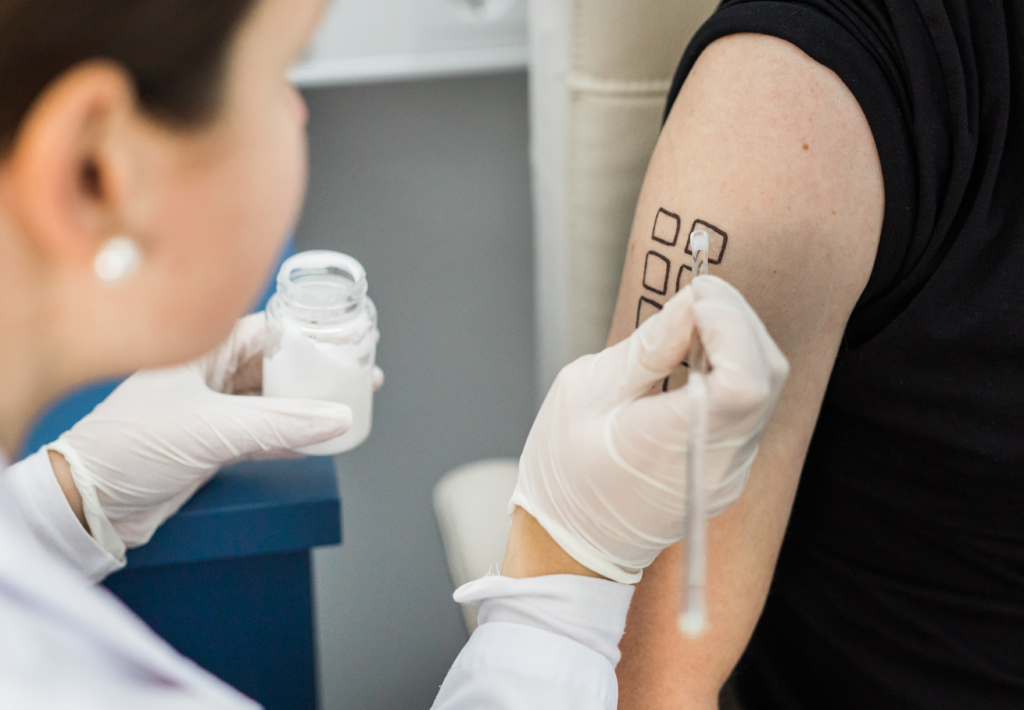Cosmetic safety testing involves a series of evaluations to assess the potential for adverse reactions and irritations that may result from the use of these products. These tests are tailored to specific areas of application, such as the skin, eyes, genitals, and oral cavity, and consider the unique needs of different user groups, including children and individuals with sensitive skin.
In the realm of cosmetic safety testing, a variety of specialized tests are conducted to ensure product safety and compatibility with human skin. Skin-specific tests include Patch Testing, where cosmetic products are applied to patches on the skin for 48 hours, to evaluate potential skin irritation or allergic reactions, with skin reactions observed immediately and 24 hours after patch removal. The Hypoallergenicity Test determines if the product is less likely to cause allergic reactions, while the Non-comedogenicity Test assesses whether the product clogs pores, potentially leading to comedones or blackheads.
Eye-specific tests involve a Test Under Ophthalmological Control to ensure cosmetics intended for use around the eyes are safe and non-irritating. In the case of genital-specific testing, a Gynecological Test is conducted to assess the safety and compatibility of products with intimate areas. Additionally, an Oral-Specific Test, such as a Dental test, evaluates the safety of products for the oral cavity, like toothpaste and mouthwash.
Moreover, cosmetic safety testing incorporates user-specific considerations. For pediatric products, special protocols evaluate the safety of cosmetics for children. Products formulated for individuals with sensitive eyes undergo Sensitive Eye Panels testing. Those designed for use with contact lenses are tested for their compatibility. Lastly, considerations for different ethnic groups are taken into account to ensure product suitability for diverse populations.


